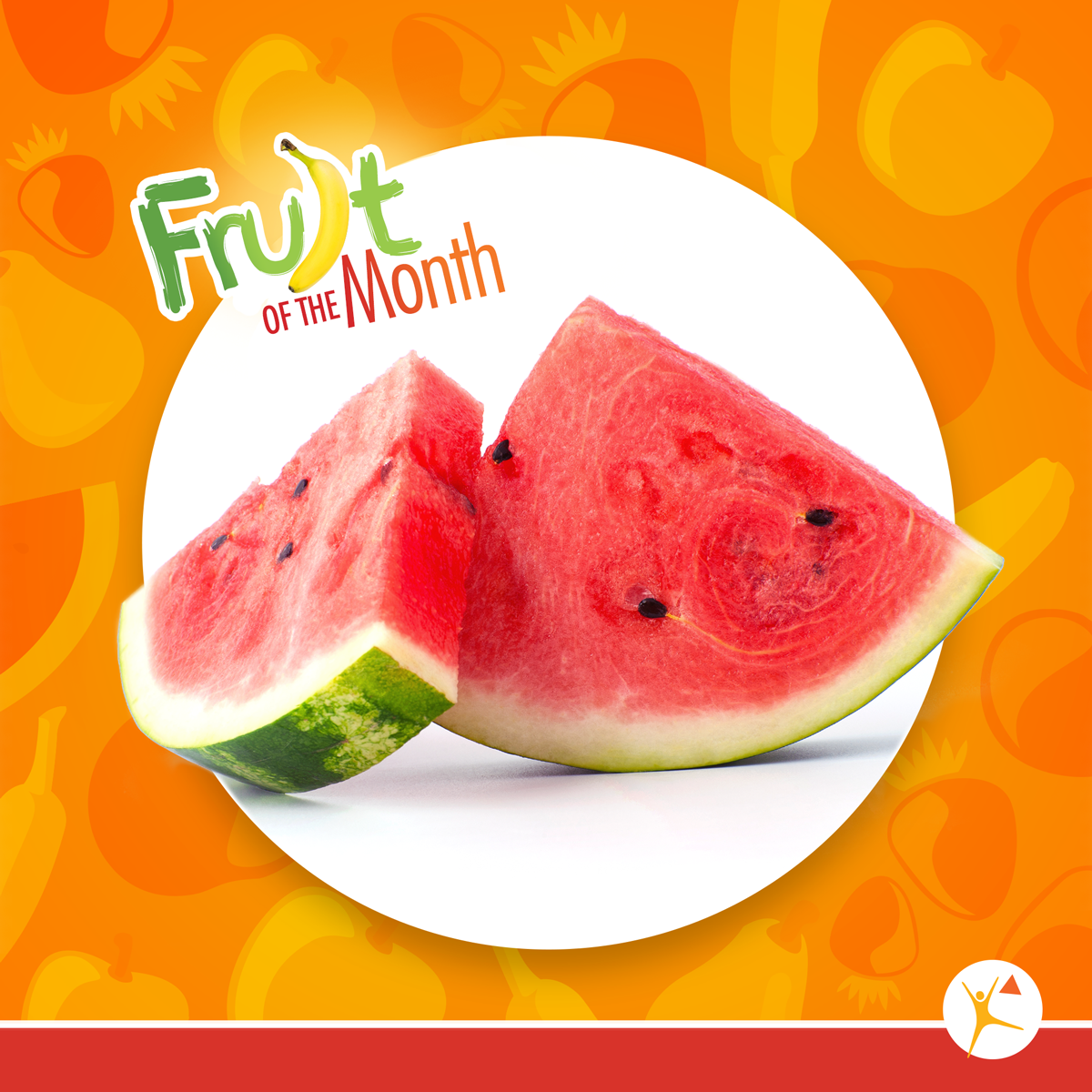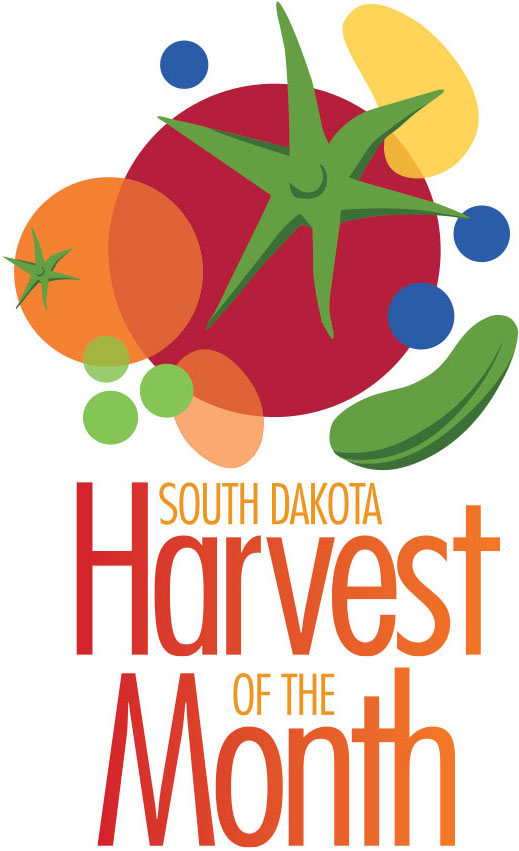The July Fruit of the Month is Watermelon!
Did you know…
While most of us can’t think of watermelon without thinking of summer get-togethers, watermelon’s place at American picnic tables is only the most recent development in the history of this amazing fruit.
Originating in southern Africa (where it grows wild), watermelon eventually found its way to ancient Egypt, where it was first grown as far back as 2000 B.C. In fact, watermelon seeds were discovered in King Tut’s tomb! Spreading from Egypt, this fantastic fruit could then be found in the Middle East and India in the 7th century, and then as far away as Spain and China. Europeans eventually brought the watermelon to North, Central, and South America in the 16th and 17th centuries. Today, it’s one of the most popular fruits in the world.
In addition to being quite the well-traveled fruit, watermelon is incredibly good for you. It has a high water content and provides decent amounts of the electrolyte potassium—so not only will watermelon hydrate you, but it’s great for balancing the water content in your cells and fighting off cramps—yet another reason to have watermelon on hand at the beach, lake, or poolside! Watermelon also has plenty of vitamin A (good for skin, eyes, white blood cells), vitamin C (a natural antioxidant), and B6 (good for nerves, blood, antibodies, and protein digestion).
In terms of nutrition, watermelon claims one of the top spots for lycopene content (only guava and a few others have more lycopene per serving). Adding more watermelon to your diet is a surefire way to get more of this essential antioxidant.
So… “How do I pick the best melon?”
It’s actually easier than you think! First, check the field spot (the lighter part of the melon that rested on the ground during its growth). Is the field spot cream-yellow (good) or orange-yellow (better)? Then it’s ripe. And don’t shy away from “webbing.” The dark brown splotches that “web” over parts of some melons aren’t a bad sign—they’re actually proof of how many times the flower was pollinated by bees! More pollination, more webbing… better melon. Shape is important too—the rounder the melon, the less watery and more sweet it will be. The melon should also feel heavy for its size, and sound hollow when knocked or thwacked. Finally, pay attention to the stem. Larger, green stems indicate the melon was picked too soon. Look for a smaller, drier, brownish stem.
Learn more about watermelon, and grab a delicious watermelon smoothie recipe with this Pick It! Try It! Like It! fact sheet.
Don’t stop there! Find ways to promote watermelon and other amazing fruits & veggies at your work, school, childcare, and in your community!
Sources: Pick It! Try It! Like It!, CDC’s table of most nutrient-dense fruits & veggies, National Watermelon Board
Can’t get enough fruits and veggies? Be sure to check out Harvest of the Month, a downloadable educational program designed to make learning about fruits and veggies easy, tasty, and fun!


